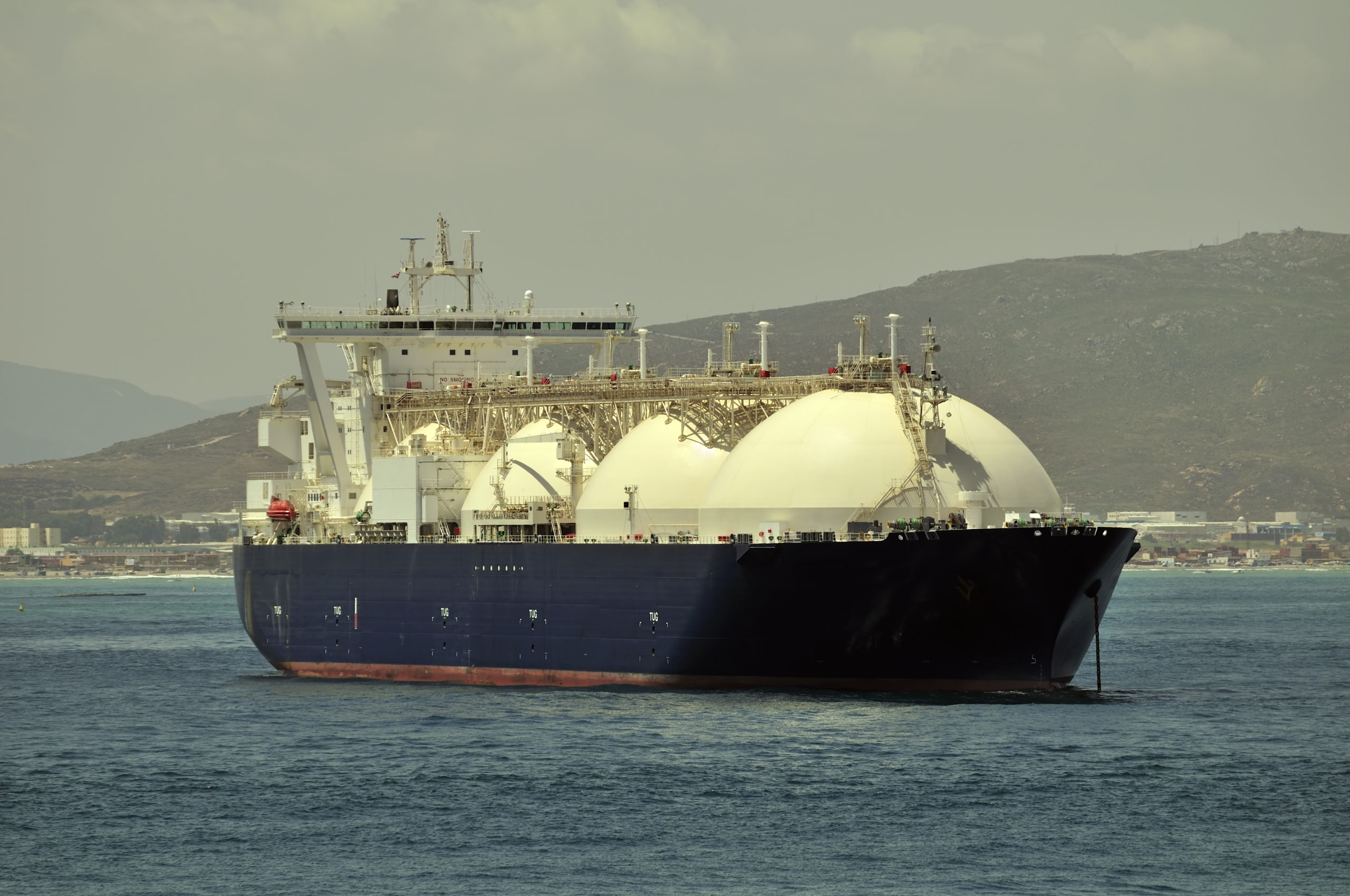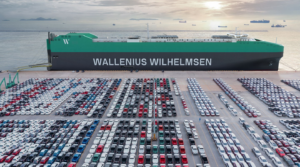
The biggest unknowns for 2023 include China’s LNG demand, after a bad 2022 year for the country with the collapse of Chinese LNG demand due to a numerous of factors, including the slowing economic growth, the high spot LNG prices, and the strict zero covid policy.
China’s appetite for imported LNG ranks among the greatest uncertainties for 2023, not just for the global LNG market, but also for gas supply availability in Europe in the face of severely reduced pipeline gas flows to the continent from Russia, in accordance with the gas market report for the first quarter of 2023 of the International Energy Agency.
In the year 2022 the country experienced a significant LNG import drop by 21% in comparison with an increase of 17% in the previous year. This reduction played a crucial role in enabling a 63% (65 bcm) increase in LNG inflows into Europe to compensate for the lost Russian volumes.
IEA now anticipates China’s LNG demand to reach 94 bcm in 2023. This would represent a 10% (8 bcm) increase on 2022, “but falls closer to the low end of the uncertainty range,” as it is noted.
“A disruptive “exit wave” of infections following China’s recent break with its previous zero-Covid policy (signs of which were already evident in January 2023) presents substantial further downside risk to this forecast,” the report highlights.
In general the global LNG trade growth reached 5.4% in 2022, with a massive shift in flows following Europe’s switch from Russian pipeline gas to LNG.
LNG import growth in 2022 was led by Europe with a sharp 63% increase, compensating for a significant drop in pipeline gas imports from Russia. Japan was once again the world’s largest LNG importer, despite a modest 3% drop in LNG inflows in 2022.
China’s imports were down by 21% (the largest annual decline in both absolute and percentage terms since the start of LNG imports in 2006), due to slow economic growth and Covid-related disruptions.
In 2023 the volume of global LNG trade is set to increase by 4.3%. The expansion of LNG demand is fuelled by a continuing rise in European imports to an all-time high of 180 bcm (partly due to new import infrastructure), and by a modest recovery in Asia following the region’s demand decline in 2022.
In accordance with the energy agency specialist, “LNG export growth continues at around 4.3%, thanks to the anticipated return of the 20 bcm Freeport terminal to full production in the first quarter of 2023, despite a marked slowdown in new liquefaction capacity additions in 2023.”



